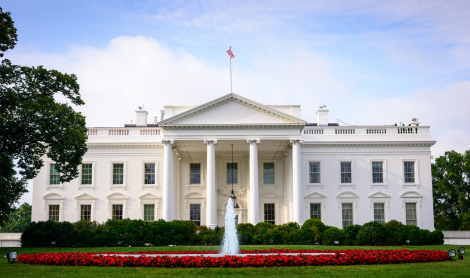School choice advocates know the core tenet of the charter school bargain: schools get the autonomy they need to implement programs that work while being held accountable for results with students.
In practice, however, striking this delicate balance can be a real challenge.
California Senate Bill 126 shows just how challenging.
SB126, currently being fast-tracked in the California Legislature, has a long trajectory. First introduced in 2013, various bill versions have been vetoed by the Governor (2013; 2015), failed in one house of the Legislature (2017), or failed to pass through committee (2014; 2018).
The bill aims to ensure charter schools operate transparently and protect the public’s investment—values agreed to by both sides in the school choice debate. But turning values into practice requires a fine balance between the competing sides of the charter school bargain.
Previous versions of SB126 failed, either by governor veto or legislative vote, because the bills sought to blindly apply existing open meetings and conflict of interest laws to charter school operators. When looking at how these existing laws would play out in practice, advocates argued that some provisions would infringe on the autonomy and flexibility of charter schools without adding anything to the accountability side of the equation.
For example, California’s open meetings laws require covered entities to hold meetings in the same jurisdiction as where they operate and prohibit teleconferencing. For a charter network overseeing schools in multiple cities across the state, this would pose a logistical nightmare and seriously inhibit the network’s operational flexibility.
Previous versions of the bill broadly imposed conflict-of-interest restrictions that were crafted around the extraordinary powers of school districts, including taxation and eminent domain, on charter school boards. These regulations, which are required to be broadly interpreted, would have resulted in unintended consequences.
The 2019 version of SB126 finally strikes the right balance, protecting the autonomy of charter schools while ensuring they remain accountable to the public. Use of teleconferencing or a central meeting space would be permitted, accommodating regional and statewide operators, while conflict-of-interest provisions have been carefully tailored to avoid unintended consequences.
Autonomy and accountability, when well-balanced, form the foundation for the kinds of great public schools that we all want to see more, not less. This may be the moment to bring that balance to bear for California charter schools.
Jason Zwara analyzes and develops charter authorizing policies as part of NACSA’s policy team. He tracks state and federal legislation and creates policy resources for members and advocacy partners. Have policy questions? Please reach out at [email protected]


